Hair Industry Secrets: How to Spot Fake “Human Hair” Products The global hair market is booming, but with its growth comes one of the biggest challenges for buyers: fake products. Many sellers advertise synthetic or mixed hair as “100% human hair,” leaving customers disappointed after purchase. To protect your investment, it’s essential to learn the […]
The global hair market is booming, but with its growth comes one of the biggest challenges for buyers: fake products. Many sellers advertise synthetic or mixed hair as “100% human hair,” leaving customers disappointed after purchase. To protect your investment, it’s essential to learn the truth behind these Hair Industry Secrets. In this guide, we’ll reveal how to spot fake hair so you can shop with confidence and avoid costly mistakes.
Before learning how to identify fake products, it’s important to understand why they exist. The demand for wigs, extensions, and bundles is higher than ever. Unscrupulous suppliers cut costs by mixing synthetic fibers, animal hair, or non-Remy human hair, then label them as “premium.” These Hair Industry Secrets explain why prices vary so drastically across sellers. Genuine hair takes effort to source and process, while fakes are cheap to produce.
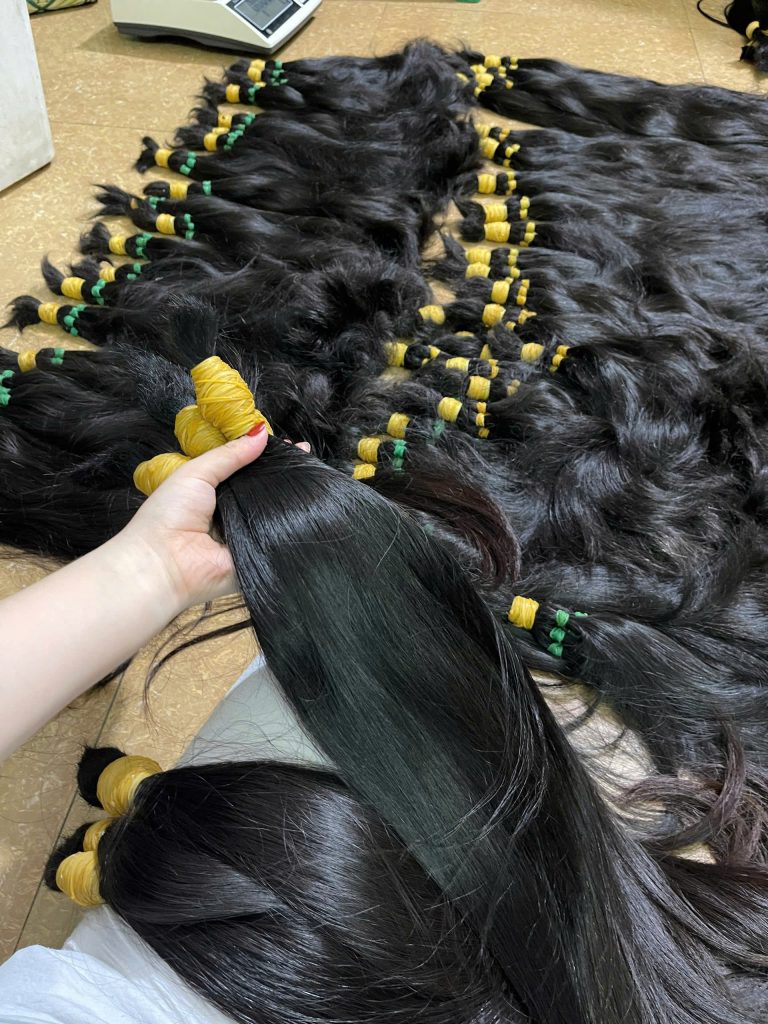
One of the most reliable ways to spot fake hair is by performing a simple touch and burn test. Real human hair feels soft, with cuticles intact, and it doesn’t have an overly shiny plastic look. If you burn a small strand:
This is one of the oldest yet most trusted Hair Industry Secrets in the professional world.
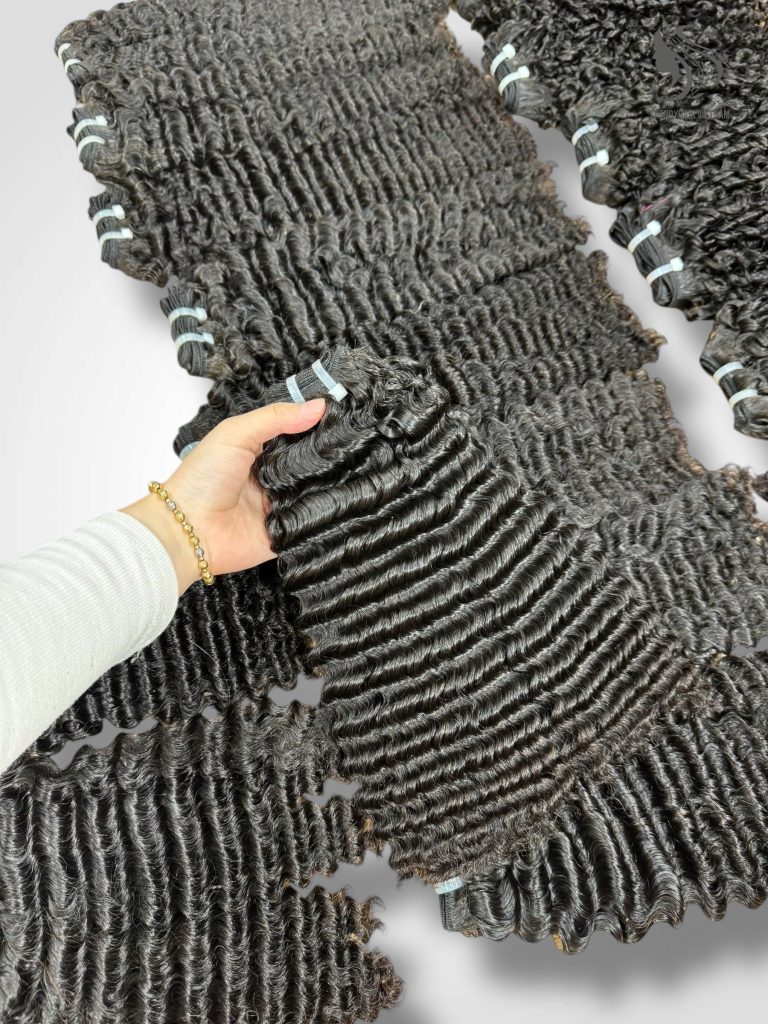
When buying online, photos can be misleading. Fake “human hair” often appears unnaturally glossy because of synthetic coating. Real hair has a natural luster, not an artificial mirror shine. Compare different sellers’ pictures—if the bundles look too perfect and overly shiny, it’s a sign of synthetic blending. This is one of the most common Hair Industry Secrets that buyers must learn to detect.
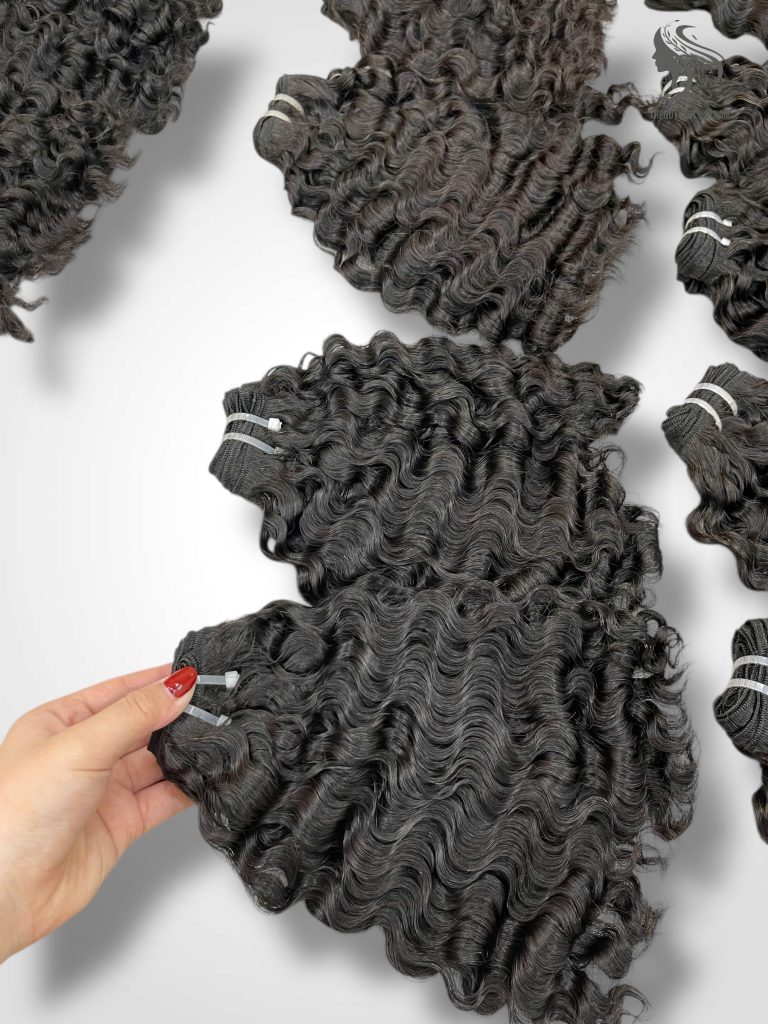
Another practical way to identify fake hair is by running your fingers through the strands. Real human hair with aligned cuticles flows smoothly and resists tangling. In contrast, fake products shed excessively and knot easily. Professionals often advise brushing or combing bundles before purchase to test their quality. Understanding these small details is key to unlocking true Hair Industry Secrets.
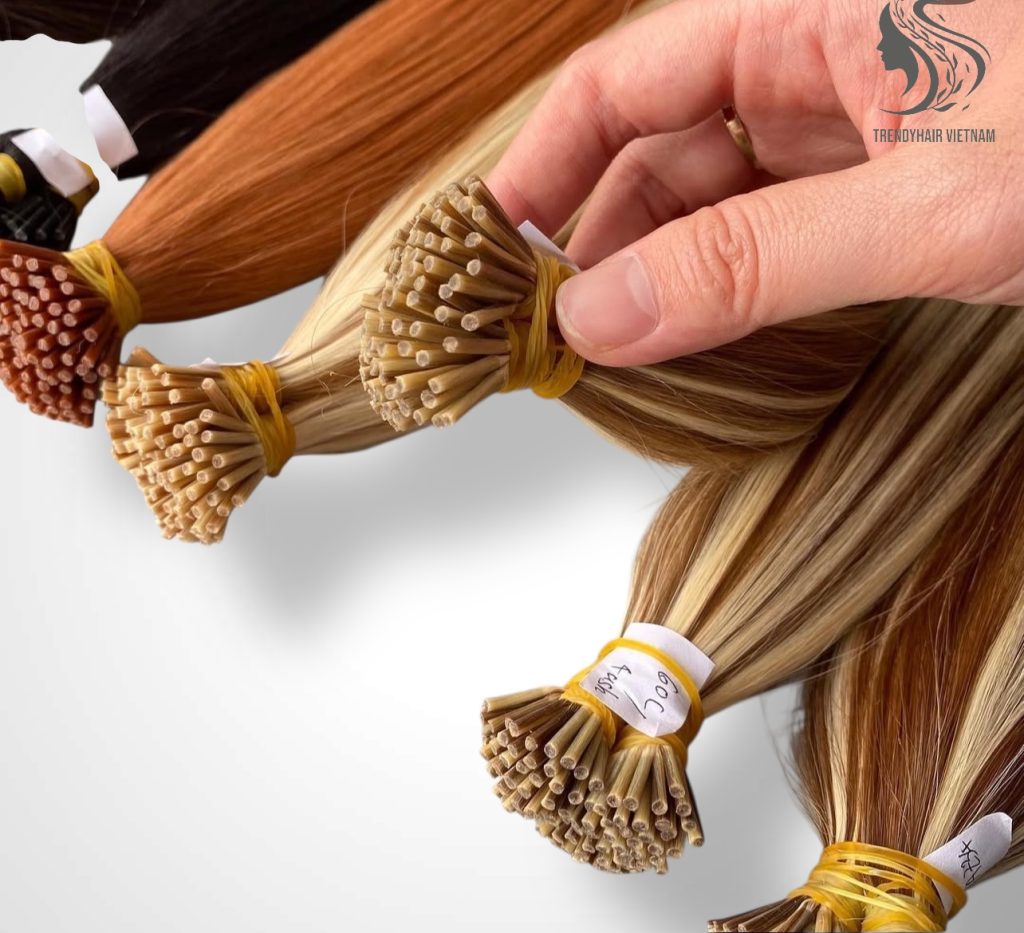
The most important tip is to demand transparency. Reliable suppliers should provide:
If a seller refuses to share proof, it’s a red flag. Genuine brands are proud to show their process, while dishonest ones hide behind vague descriptions. This simple step can help you separate real businesses from scams.
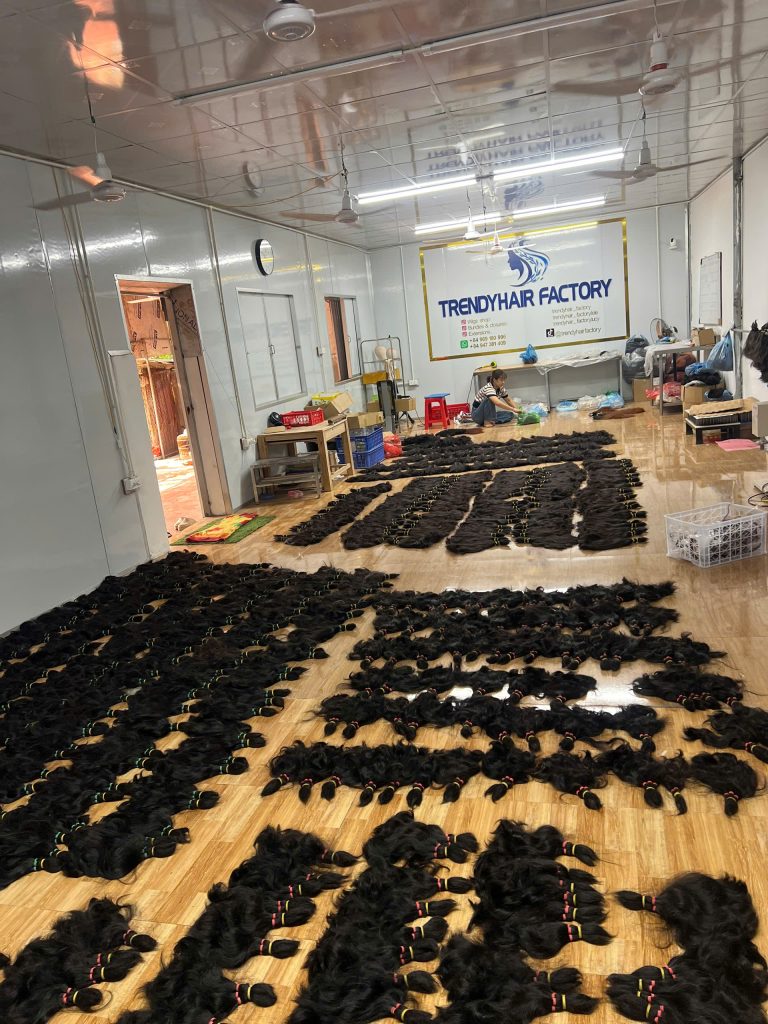
The reality of the global wig and extension market is that not every product labeled “100% human hair” is genuine. By learning these Hair Industry Secrets—touch and burn testing, spotting unnatural shine, checking for tangling, and demanding transparency—you can avoid fake hair and make smarter buying decisions.
Protecting yourself starts with knowledge. The more you know about these tricks, the easier it becomes to invest only in premium human hair that lasts longer, styles beautifully, and gives you the confidence you deserve.
For more details on caring for virgin hair, you can also check this external guide: Hair Care Tips.
Want to learn more about wig care? Read our wig maintenance guide on Allure.
🛒 Other styles on here: wigs , bundles&closure, hair extentions

© 2025 TRENDY HAIR. Powered by SAOKIM Digital.
© 2025 TRENDY HAIR. Powered by SAOKIM Digital.
Your order has been received. Our staff will contact you via whatsapp and email within maximum 30 minutes to guide you through payment and complete your order . Please always check DM on your whatsapp.